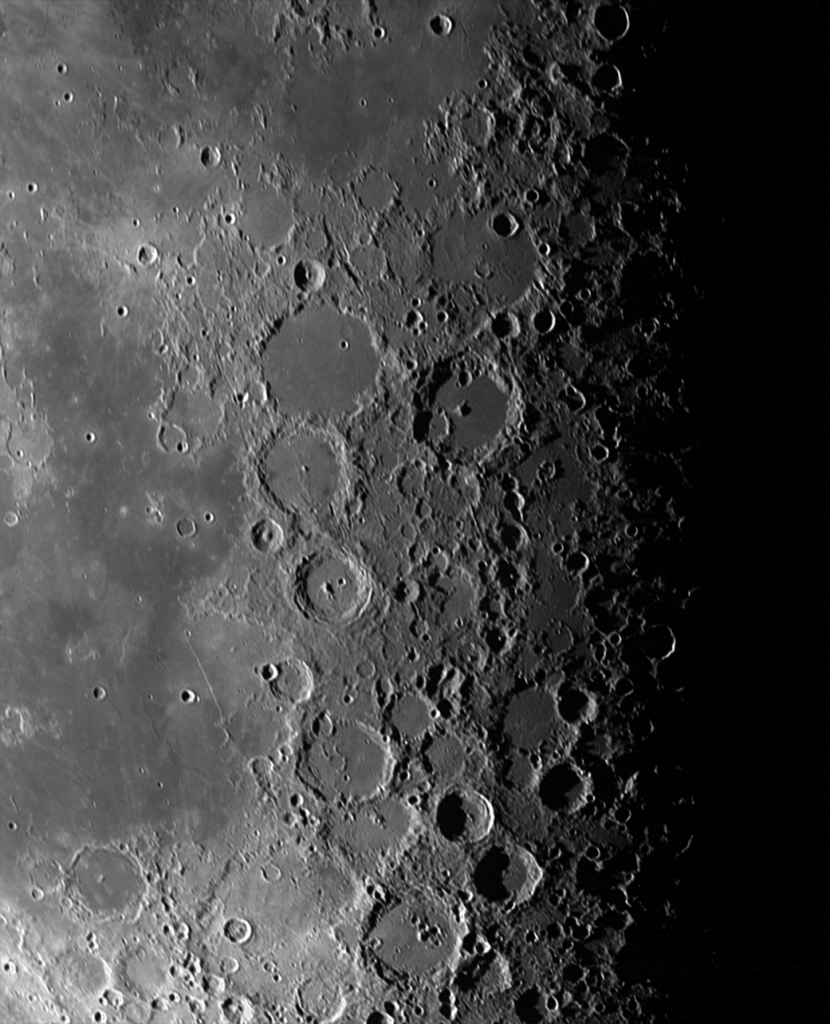Zvezda Service Module docks with ISS; KSC readies ISS hardware
The International Space Station (ISS) achieved a significant milestone on July 26, 2000, with the arrival of the Russian Zvezda Service Module following its launch from the Baikonur Cosmodrome. This third element to the growing facility enabled permanent human habitation to begin three months later by providing living quarters, life support and communications equipment for the crew, and docking ports for visiting vehicles. The module’s arrival also signaled the beginning of a very active period of ISS assembly. At the Kennedy Space Center (KSC), processing of future United States elements for launch continued, including a successful vacuum chamber leak test of the Destiny Laboratory Module. At Baikonur and KSC, workers prepared the next launches to ISS. The Expedition 1 crew of Commander William M. Shepherd, Flight Engineer and Soyuz Commander Yuri P. Gidzenko, and Flight Engineer Sergei K. Krikalev trained in the United States prior to departing for Russia in mid-August to prepare for their launch to ISS.
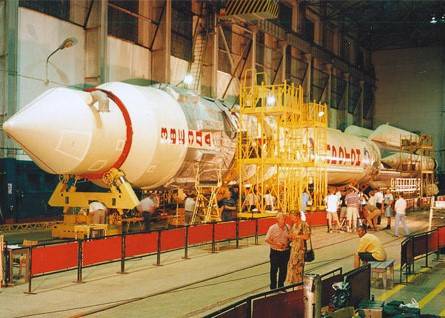
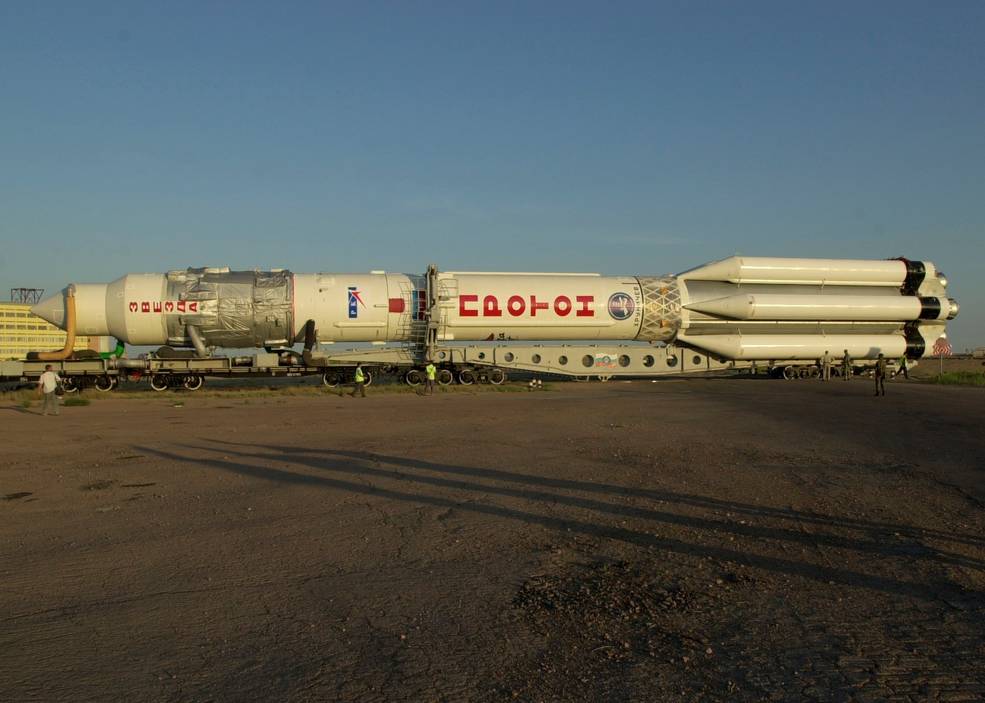
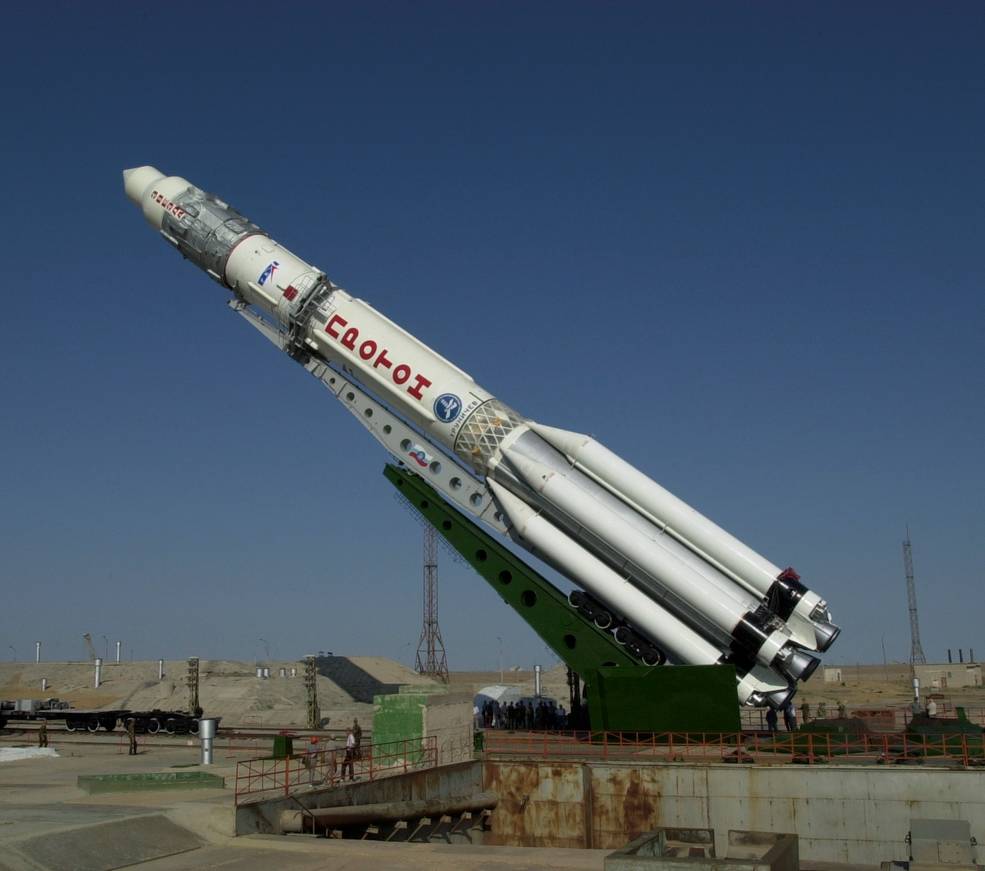
Left: Workers at Baikonur integrate the Zvezda Service Module (at left, encased in its launch shroud) with
its Proton booster. Middle: Rollout of Zvezda to the launch pad. Right: Workers raise the Proton rocket
carrying Zvezda to a vertical position.
In late June 2000, at Area 254 of the Baikonur Cosmodrome in Kazakhstan, workers finished preparing the Zvezda Service Module for its launch by placing it inside its launch shroud and transferring it to Area 92 for fueling on July 6 and mating with its Proton launch vehicle the next day. On July 8, Zvezda rolled out by rail on its horizontal transporter to Launch Pad 23 at Baikonur’s Site 81, where workers raised the rocket to a vertical position and carried out several days of tests prior to launch. On July 12, the three-stage Proton rocket successfully lifted off, and 15 minutes later, placed Zvezda into orbit, where it deployed its solar arrays and antennas. Controllers in the Russian Flight Control Center in Korolev outside of Moscow activated and checked out the module’s systems and directed the maneuvers required for it to reach ISS.

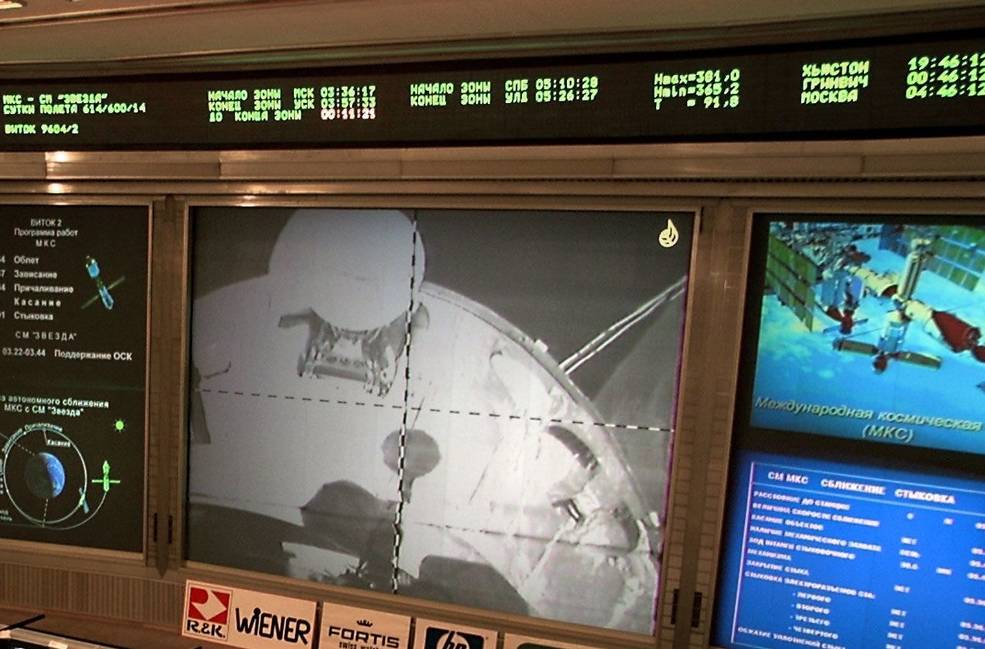
Left: Liftoff of the Proton rocket carrying the Zvezda Service Module.
Right: View in the Russian Flight Control Center of the docking of Zvezda with ISS.
With flight controllers in Houston and Moscow closely monitoring, Zvezda completed an automated docking with ISS on July 26 at the Zarya module’s aft docking port, adding 42,000 pounds of mass and 1,650 cubic feet of habitable volume to the growing space station. Within its three pressurized compartments the module provided living accommodations for crews such as personal sleeping compartments, a toilet and hygiene facilities, and a galley with a table for securing meals while eating. The module incorporated 13 windows, including three 9-inch diameter windows for viewing docking activities, one large 16-inch diameter nadir facing window ideal for observing the Earth, and individual windows in each crew compartment. Exercise equipment included a treadmill and a stationary bicycle. Life support equipment scrubbed carbon dioxide from the atmosphere and used recycled crew wastewater and condensation to generate oxygen. The module also provided data, voice and television communications with Mission Control Centers in Moscow and in Houston.
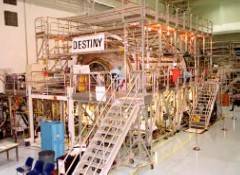
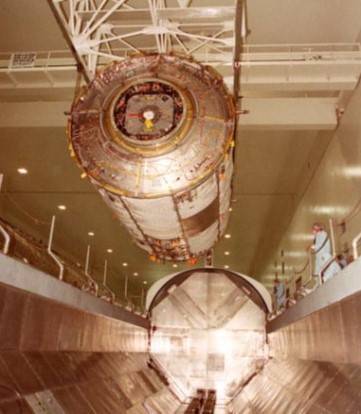
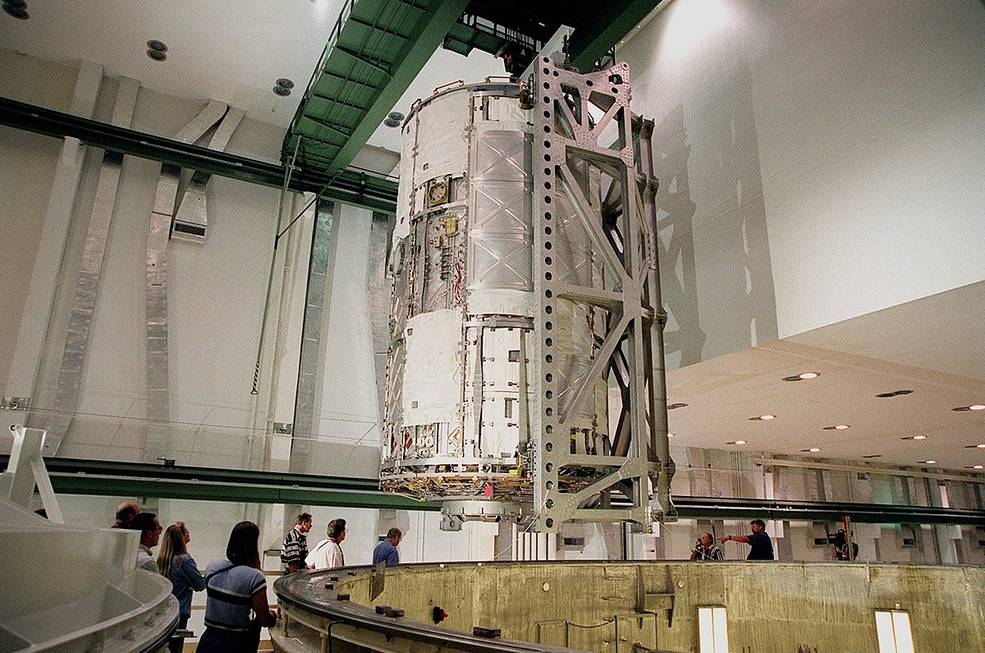
Left: Workers process the Destiny US Lab in the SSPF. Middle: Workers lower Destiny onto the payload
carrier for transfer from the SSPF to the O&C Building. Right: Workers lower Destiny into the
vacuum chamber in the O&C Building.
At KSC, engineers continued processing future ISS elements for flight. On July 1, workers transferred the Destiny US Laboratory Module from the Space Station Processing Facility (SSPF) to a vacuum chamber in the nearby Operations & Checkout (O&C) Building using a payload canister. The 28-by-14-foot Destiny module successfully passed its eight-day leak test in the vacuum chamber, one of two facilities used during the Apollo, Skylab and Apollo-Soyuz programs and refurbished in 1998 to accommodate testing of ISS pressurized elements. Engineers evacuated the chamber to a simulated altitude of 257,000 feet (48 miles) and the module’s leak rate was within specifications.
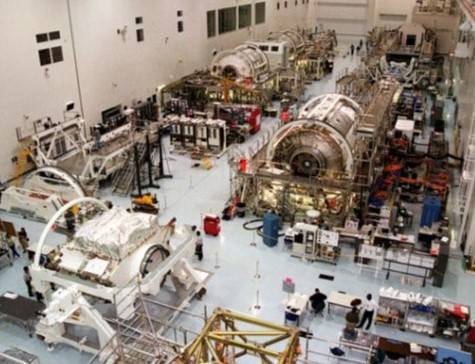
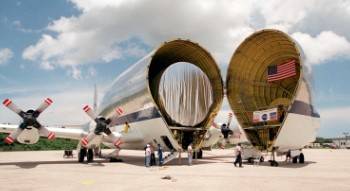
Left: View of the SSPF with several ISS elements being processed for flight.
Right: The P1 truss arrives at KSC aboard the Super Guppy aircraft.
Various portions of the ISS Integrated Truss Assembly segments were also being prepared for flight or were arriving at KSC. Senior NASA managers formally accepted the Z1 element from The Boeing Company on July 31, signaling the completion of prelaunch processing for that truss segment in preparation for its launch on STS-92 in October 2000. The P1 port side long truss segment arrived at KSC’s Shuttle Landing Facility by Super Guppy aircraft on July 26, for launch on STS-113 in November 2002. The P4 port side segment arrived on July 30. Workers joined it to the P3 segment already at KSC prior to launch, which did not occur until September 2006, the lengthy delay a result of the Space Shuttle standdown following the Columbia accident. Other truss segments already at KSC included the P6, S0, and S1 elements, for launches in November 2000, April 2002, and October 2002, respectively.
To continue the process of on-orbit activation and outfitting of the Zvezda Service Module prior to the Expedition 1 crew’s arrival, the first Progress resupply mission to ISS launched on Aug. 6 and automatically docked at Zvezda’s aft port two days later. Workers in KSC’s Orbiter Processing Facility continued processing Space Shuttle Atlantis for its next mission, STS-106 in September 2000, to unload the Progress and set up the equipment to further outfit Zvezda for permanent human occupancy.
To be continued…

























